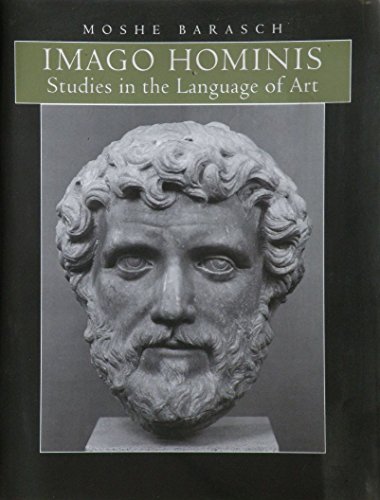Bibliotheca artibus et historiae
1 total work
In his latest book, renowned art historian Moshe Barasch turns his attention to the image of the human figure in the history of European art from antiquity through the twentieth century. With the assistance of almost 200 illustrations, Barasch shows how images of humanity, far from being mere reflections of nature, are the product of cultural traditions and religious vision.
In all cultures, artists and viewers of art have projected onto the human figure their hidden thoughts and emotions, thereby making it a vessel of symbolic images. Imago Hominis demonstrates how cultural and religious attitudes and beliefs are revealed in individual artistic motifs. Barasch constructs his study around three broad subjects: the human face; the human body; and a specific example of man in one of his social roles. Part One examines Greek masks as articulations of character and states of mind, and traces the afterlife of their physiognomic patterns in European art and aesthetic theory. In the second section, on the human figure as a pathos formula, movements and gestures are analyzed for the manner in which they express the language of art. The final section has as its focus images of the ruler as found in various art forms ranging from late- antique mosaics to equestrian monuments of the Renaissance and Baroque periods.
